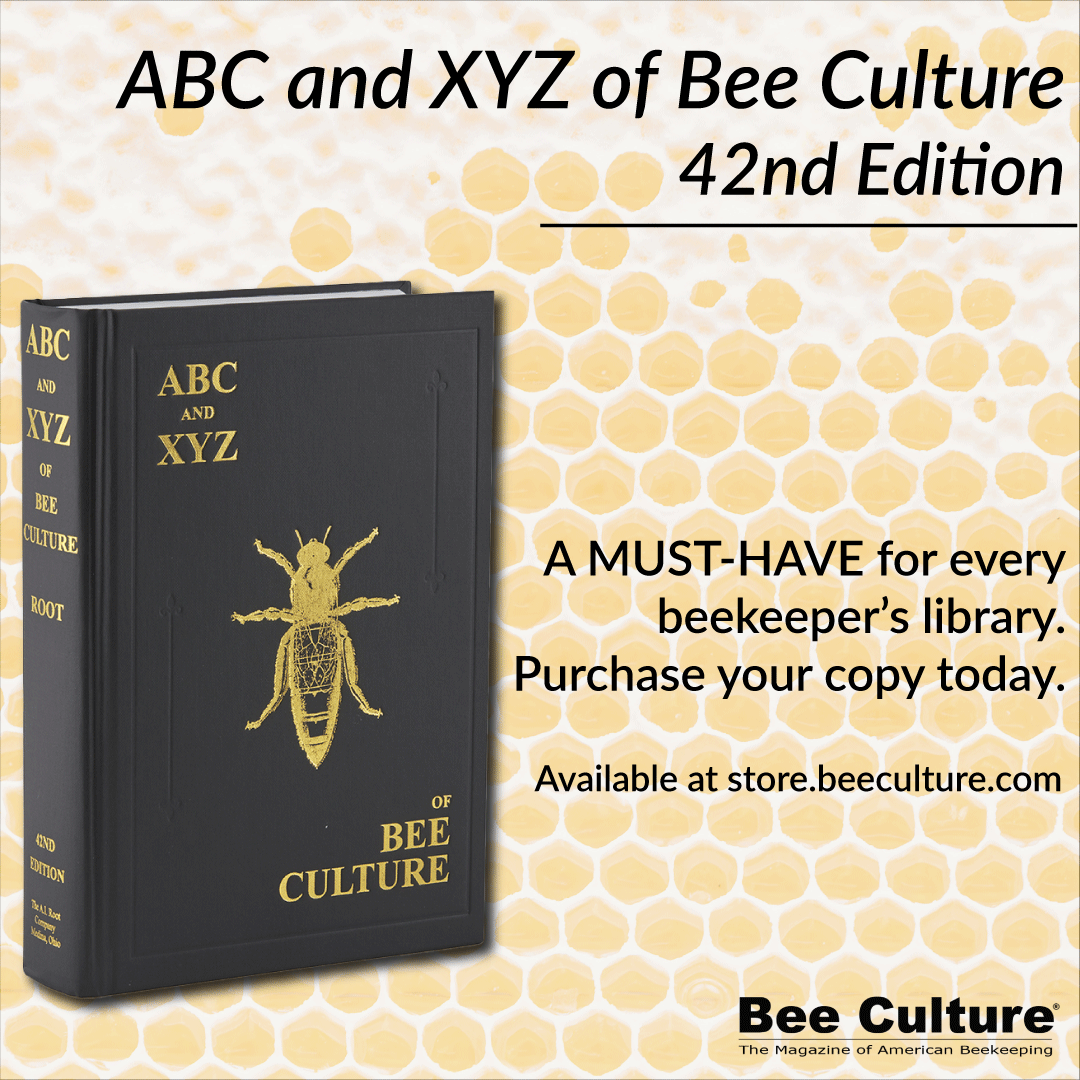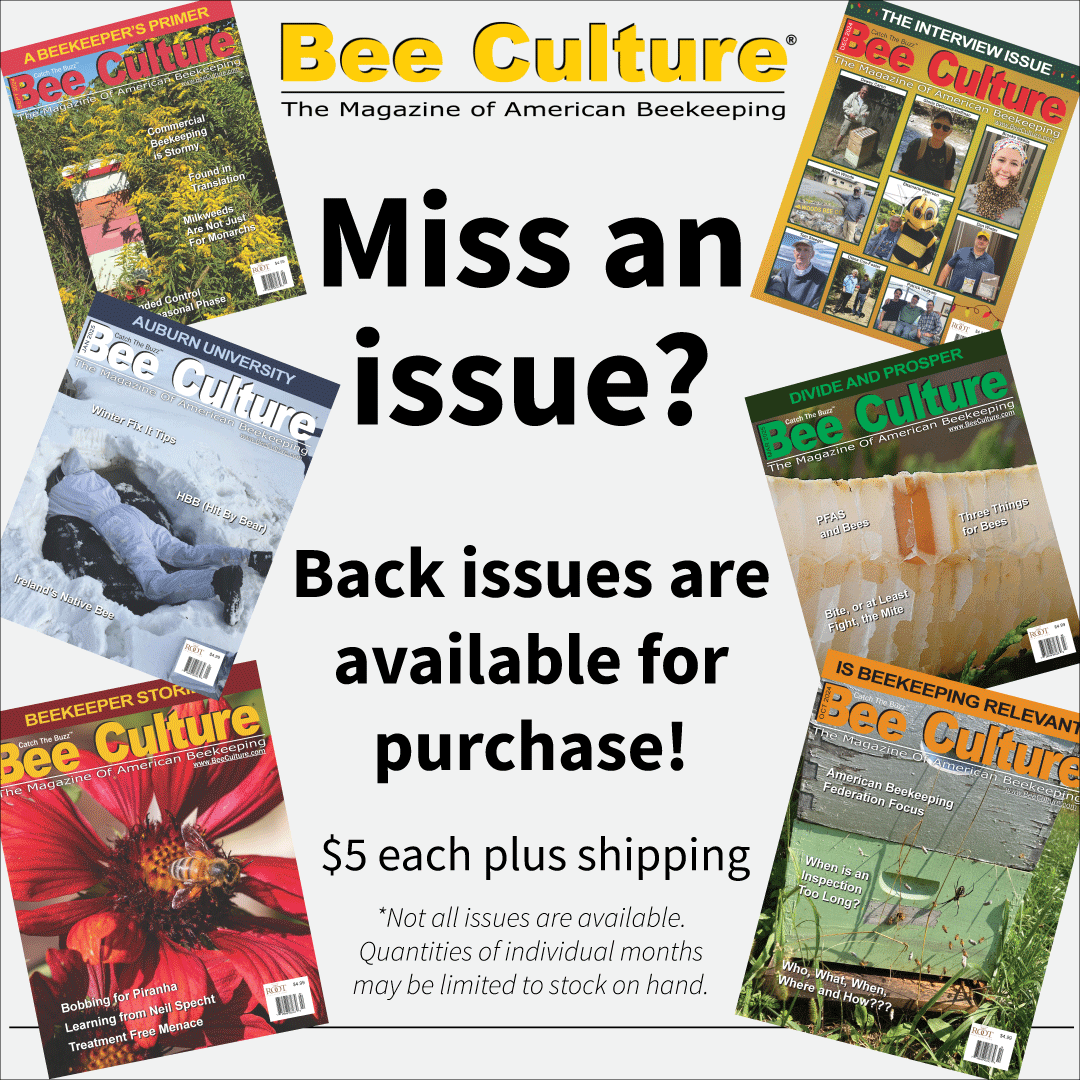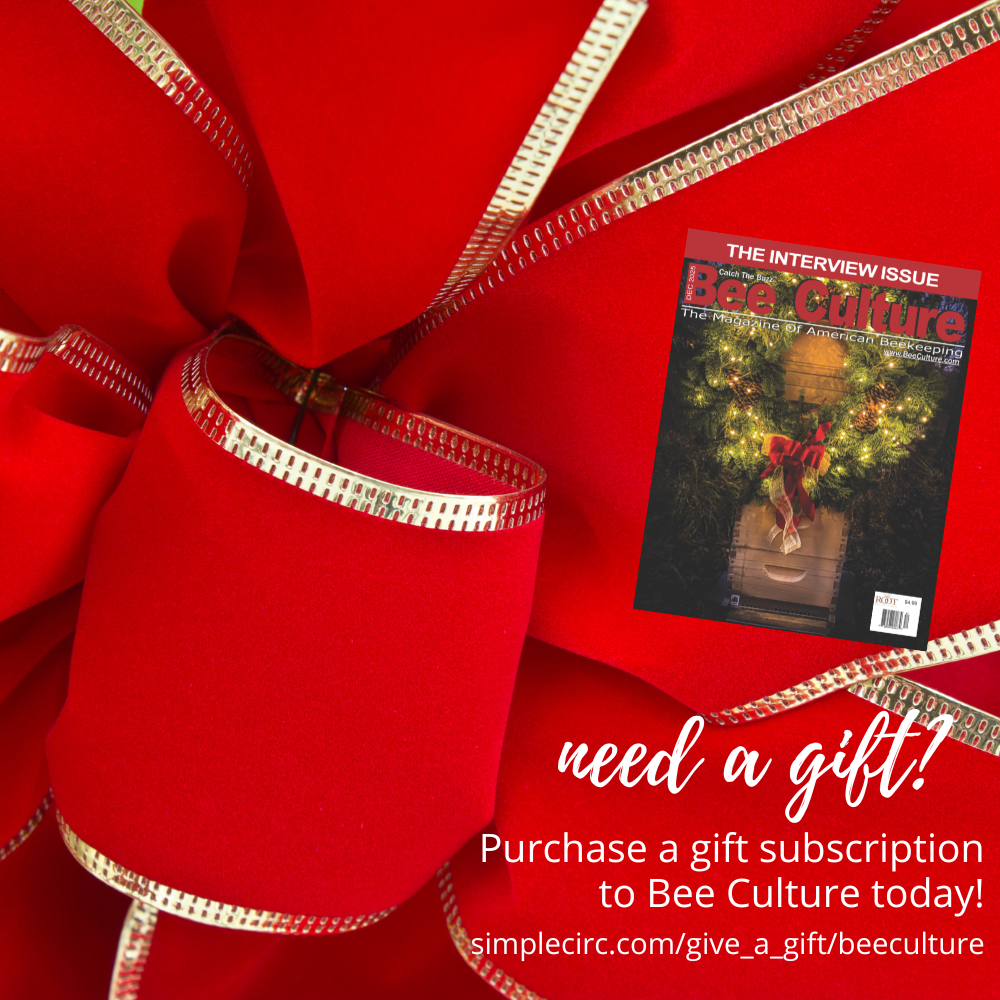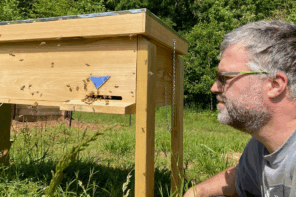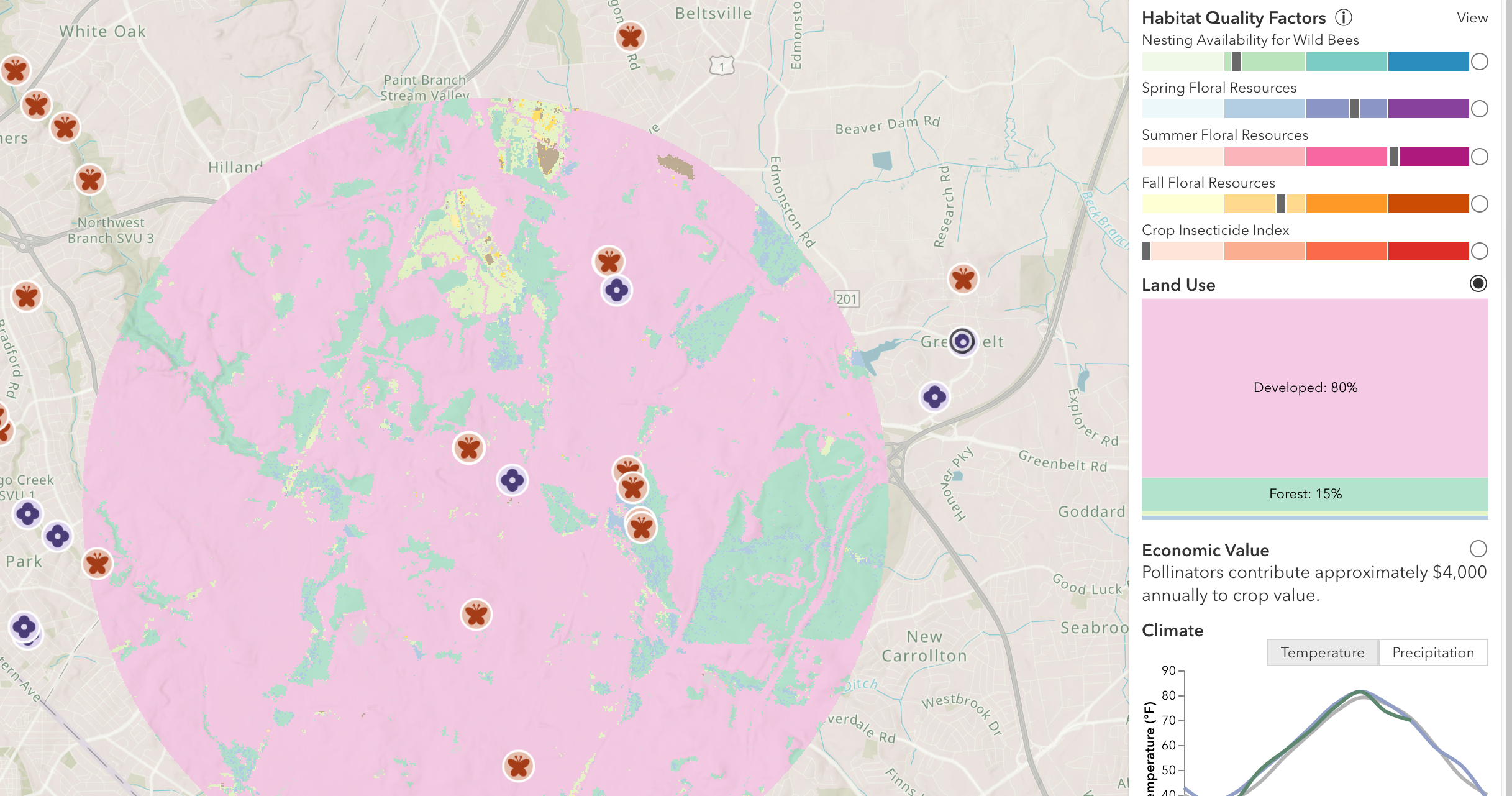By: Callie Rich
The first edition of Honey Bee Medicine For The Veterinary Practitioner is edited by T. R. Kane and C. M. Faux; with an additional 31 contributing authors from across the United States and Canada. This 386 page textbook is divided into three primary sections, including 30 chapters, comprehensive full color figures, and specific chapter appendices.
The preface is written by T. R. Kane and provides a summary of the recent changes and challenges facing beekeepers and the beekeeping industry as a whole. There is a call to action for veterinarians to get involved with beekeeping, emphasizing the importance of honey bees to our ecosystem and their management as food producing animals.
Section one is comprised of 10 chapters. Chapter one highlights some key differences between managed hives and feral hives, discussing how adapting husbandry could aid managed hives in becoming hardier like their feral counterparts. Some of the language in this first chapter assumes an understanding of hive anatomy and components that a practitioner new to bee medicine may not yet have. It may help to reference later chapters or to have a basic honey bee resource on hand to follow this chapter more easily. Chapter two moves into a description of honey bees as a superorganism, highlighting the practice of eusocial behavior as we currently understand it. There is emphasis on bee biology and the importance of treating the whole colony, not necessarily the individual. The next few chapters provide a review of honey bee anatomy and physiology with comparisons to vertebrate species, including helpful diagrams and full color images. This will be particularly useful to the veterinary practitioner that may not have had invertebrate medicine included in their veterinary school curriculum. Chapter five is dedicated to the queen bee with bolded ‘practical application’ summaries for the lessons the authors wish to emphasize about her management. Chapters six and seven broaden the topic to other honey bee subspecies and non-Apis bees encountered in the wild. These chapters include helpful charts highlighting the different characteristics of the various honey bee subspecies and a summary of both abiotic and biotic stressors that may serve as a source of disease for a honey bee colony. The nutrition and microbiota chapters are thorough and detailed with charts and graphs showing colony changes over the course of the year that greatly aid the visual learner. The final chapter in this section covers honey bee pharmacology with a review of pharmacology principles, detailed information on how honey bees absorb and metabolize medications, and potential toxicities. These details are helpful to the practitioner that may not have practical experience treating invertebrates.
Section two is comprised of seven chapters and focuses more on hive management, the apiary industry and how a practitioner may interact with honey bees and their keepers. This section breaks down the components of a hive, tools and safety, and even has a section dedicated to addressing bee stings. There are many color images provided to highlight the written descriptions. The chapters on the apiary introduce the practitioner to the different levels of beekeeping and what products and services are emphasized at each level, as well as aspects of apiary design. The last few chapters in this section focus on the veterinarian-honey bee interaction, which is still relatively new given the honey bee’s recent inclusion under the food animal label. These chapters walk the practitioner through the basics of hive examination with many color images for visual examples, veterinary regulations with descriptions regarding VFD’s and the shared responsibility with state inspectors and apiculturists, medical record keeping and epidemiology.
Section three is comprised of the remaining 13 chapters and expands on specific diseases of the honey bee. Chapter 18 is specifically dedicated to parasite transmission and understanding the different exposure and transmission pathways within and between colonies. Chapters 19 and 20 are focused on the more currently relevant diseases of varroa mites and colony collapse disorder respectively, as these diseases are the most clinically relevant for managed honey bees and beekeepers across the United States today. The next few chapters are broken down into viral (organized by the family of virus), bacterial (emphasizing American Foulbrood and European Foulbrood), fungal (primarily Nosema, Chalkbrood, and Stonebrood), and parasitic diseases (including mites and parasites other than varroa) that are known to affect honey bees. The remaining chapters are dedicated to pesticides and potential toxicities, diagnostic sampling, hive necropsy and husbandry. They include relevant information for any practitioner wishing to branch into apiary medicine. Further discussion with state inspectors or apiculturists would likely benefit the new honey bee practitioner for real life understanding of reporting and testing of hives.
Following the main text is a compendium of resources for the practitioner, including useful websites, university bee labs, state government sites and legal information, further supplementary books (including Beekeeping For Dummies, for those truly just starting in learning about beekeeping and bee medicine), and even bee suppliers for those interested in starting their own colonies.
Overall, this textbook is a comprehensive summary of information pertaining to honey bee medicine, with the target audience being the veterinary practitioner. While this book may slightly advanced for the first-time bee doctor just dipping their toes into the area of invertebrate medicine, the book provides supplemental resources for practitioners to build their knowledge-base. This is a thorough and reliable resource for veterinarians branching out into the honey bee industry.
Callie Rich, Molly Gleeson*
*Corresponding author.
E-mail addresses:
Callie.rich@thrivepet.com (C. Rich),
mdgleeson@ucdavis.edu (M. Gleeson).

